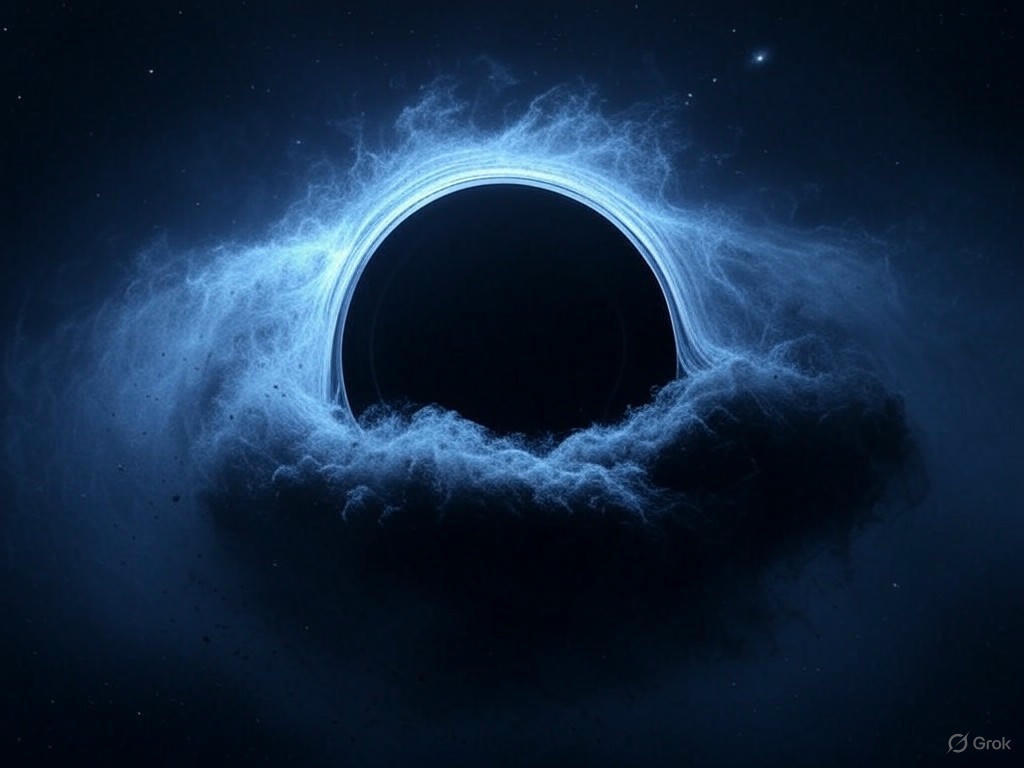The universe never ceases to amaze with its enigmatic wonders, and the colossal black hole at the heart of the galaxy Messier 87, commonly known as M87, is once again stealing the spotlight. This celestial titan, already famous for being the first black hole ever imaged, has now been found to spin at a staggering 80% of the theoretical cosmic speed limit. This breathtaking discovery sheds new light on the extreme physics governing these mysterious objects and their insatiable hunger for matter.
Situated over 55 million light-years away from Earth, M87’s black hole is a supermassive entity with a mass equivalent to billions of suns. Scientists have long studied its behavior, but recent observations using cutting-edge technology have revealed just how rapidly this giant rotates. Spinning at such an extraordinary pace, the black hole warps the very fabric of spacetime around it, creating a swirling vortex that defies comprehension. This rapid rotation is close to the maximum speed allowed by the laws of physics, a boundary beyond which the black hole’s structure would theoretically collapse under its own forces.
What’s even more astonishing is the rate at which M87 devours surrounding matter. As it spins, the black hole generates immense gravitational forces that pull in gas, dust, and other cosmic debris at an accelerated pace, faster than previously thought possible. This feeding frenzy is fueled by the black hole’s spin, which acts like a cosmic blender, dragging material into its event horizon—the point of no return. Researchers suggest that this rapid ingestion could be linked to the powerful jets of energy and particles that M87 famously ejects into space, stretching thousands of light-years. These jets, visible in images captured by telescopes, are likely a byproduct of the intense rotational energy at play.
The implications of this discovery are profound. Understanding the spin of black holes like M87 offers a window into the fundamental mechanics of the universe, including how these giants form and evolve over billions of years. It also raises questions about the limits of physics in extreme environments. Scientists are now eager to explore whether other supermassive black holes exhibit similar characteristics or if M87 is a unique case of cosmic ferocity. Future observations with advanced instruments may provide deeper insights into the relationship between a black hole’s spin and its ability to shape the galaxy around it.
As we continue to unravel the secrets of M87, one thing is clear: this monstrous black hole is a testament to the universe’s capacity for both beauty and terror. Its near-limitless spin and ravenous appetite remind us of the raw power lurking in the depths of space, challenging our understanding and inspiring awe in equal measure. With every new revelation, M87 solidifies its place as a cornerstone of astronomical research, pushing the boundaries of what we believe is possible in the cosmos.
